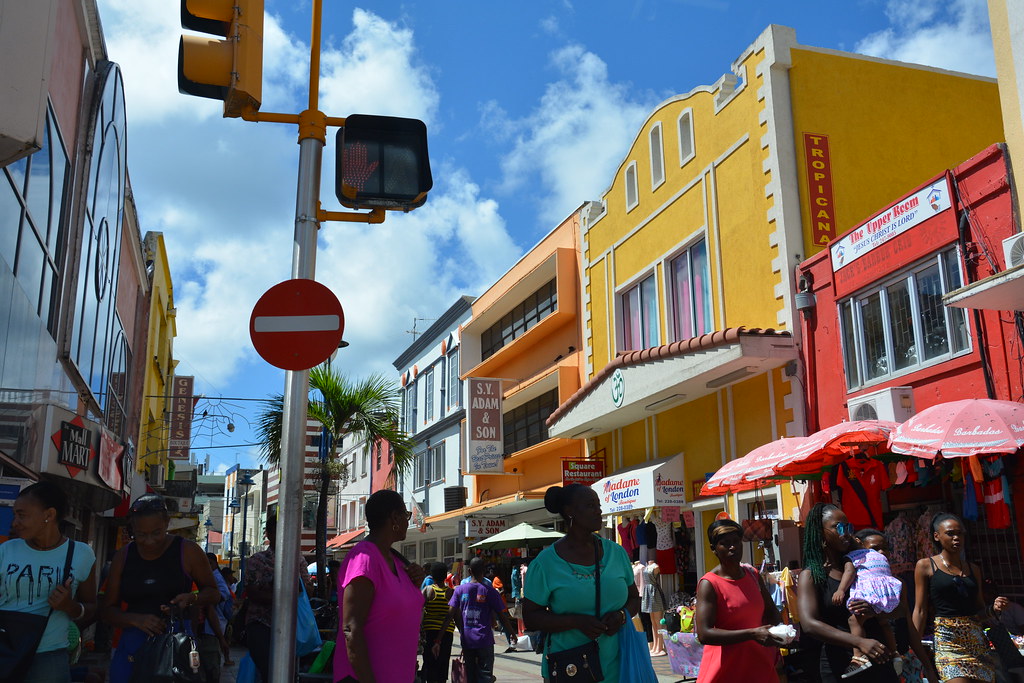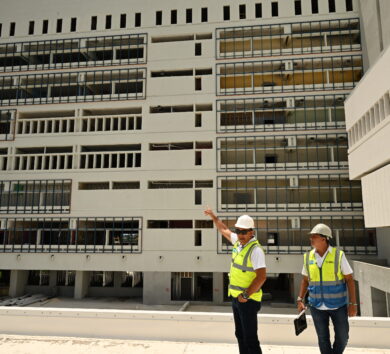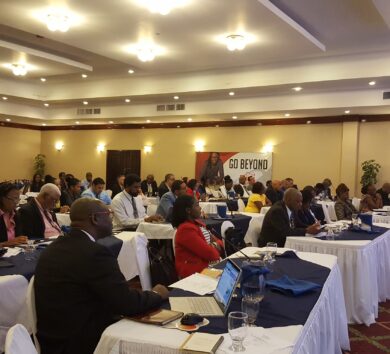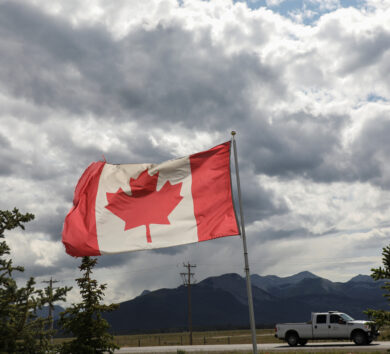

The government of Barbados has recently drafted a population policy to address the current decline in the country’s population, which is among the lowest in the region.
The policy which was put forward by the National Population Commission invites citizens to comment on the measures put forward to address the country’s ageing and declining population.
According to statistics provided in the report, Over the period 1960-2018, the average annual population growth rate for Barbados was 0.3 per cent. Between 2017-2018, the population growth rate was estimated at 0.1 per cent, the lowest in the Caribbean sub-region.
Similarly, the country’s total fertility rate declined from 4.3 in 1960 to 1.8 in 2017. This places the country’s fertility level at 2.1 children per woman.
A report published by the World Bank revealed that the country saw a further decline in its fertility rate in 2020 which stood at 1.6.

Guyana and Suriname each had a fertility rate of 2.4, which was the highest in the region, followed by St Kitts and Nevis with 2.1 and Grenada with 2.0. According to the data, Dominica’s fertility rate remained stagnant at 1.9 since 2003.
St Vincent and the Grenadines stood at 1.8, and Trinidad and Tobago, Antigua and Barbuda and Barbados each recorded fertility rates of 1.6 in 2020. While Jamaica, the Bahamas and St Lucia recorded the lowest in the region with 1.4.
Goals of Barbados’ policy:
- Promote the maintenance of a population size sufficient to sustain adequate levels of social care, productivity and labour force participation for inclusive and sustainable development.
- Provide Barbadians and non-nationals now and in the future with opportunities for personal development.
- Promote integrated, settlement development and safeguard the ecological balance.







Comments